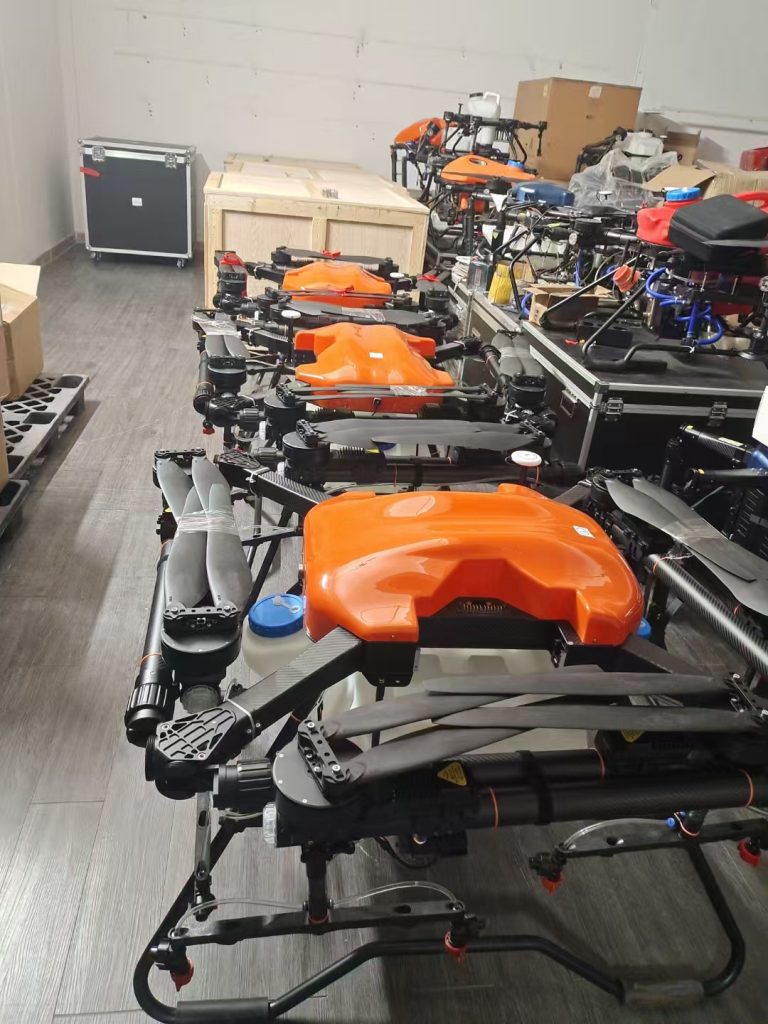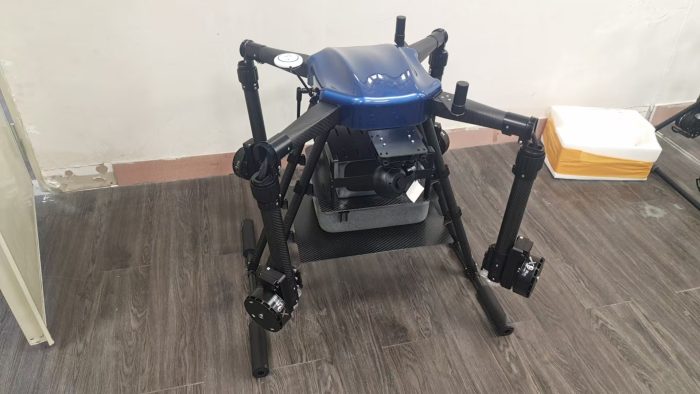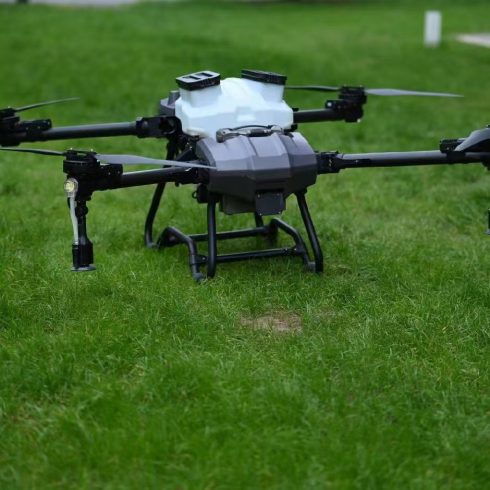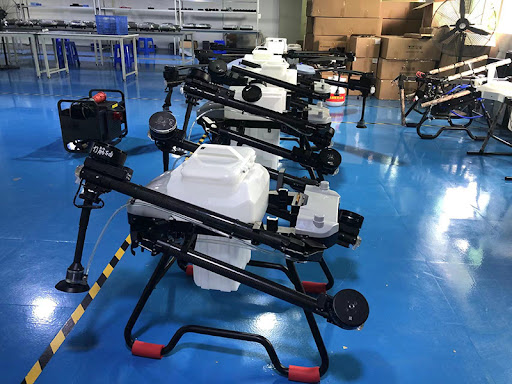
The global logistics industry stands at a crossroads, where the urgency of climate action collides with the demand for faster, smarter supply chains. Autonomous drones are emerging not just as tools for efficiency, but as catalysts for a sustainable revolution. By merging cutting-edge technology with eco-conscious innovation, drone freight systems are redefining how goods move across borders—reducing carbon footprints, minimizing waste, and unlocking new possibilities for equitable resource distribution. This article delves into the mechanics, applications, and transformative potential of sustainable drone freight, offering insights into its role in shaping tomorrow’s logistics landscape.
—
The Sustainability Imperative
1. Decarbonizing Transport
– Zero Emissions: Battery-powered drones emit 85% less CO₂ per ton-mile compared to diesel trucks, according to a 2024 International Energy Agency (IEA) report. Replacing 30% of last-mile deliveries with drones could slash urban carbon emissions by 22% by 2030.
– Energy Efficiency: Drones consume 70% less energy than electric vans for equivalent payloads. For example, a 2024 pilot by a leading e-commerce platform revealed drone deliveries reduced fuel costs by 40% in dense urban areas.
2. Resource Optimization
– Lightweight Packaging: Drone pallets use 50% less material than traditional crates, reducing landfill waste. A 2024 study in Europe found reusable drone containers cut packaging waste by 60%.
– Reduced Idling: By bypassing road congestion, drones eliminate fuel waste from idle times. Trials in Tokyo showed drone deliveries saved 1.5 liters of fuel per delivery compared to diesel trucks.
3. Circular Economy Integration
– Modular Drones: Companies are designing drones with recyclable components, extending lifespans by 3–5 years. A 2024 initiative by a European aerospace firm achieved 90% component reuse.
– Biodegradable Payloads: Compostable packaging trials in Southeast Asia reduced plastic waste in rural areas by 65%.
—
Innovative Applications Driving Green Logistics
1. Renewable Energy Logistics
– Solar Panel Transport: Drones deliver panels to remote solar farms, accelerating clean energy adoption. A 2024 project in Morocco cut offshore wind turbine installation time by 45% using drone fleets.
– Circular Agriculture: In India, drones distribute organic compost from urban hubs to farms, reducing synthetic fertilizer use by 35%.
2. Humanitarian Aid with Eco-Consciousness
– Climate-Resilient Deliveries: In Bangladesh, drones deliver drought-resistant seeds during monsoons, boosting crop yields by 60% for participating farmers.
– Plastic-Free Relief: UNICEF’s drone network in Malawi uses biodegradable packaging for emergency medical supplies, diverting 80 tons of plastic waste annually.
3. Urban Green Mobility
– Solar-Powered Hubs: Barcelona’s drone network uses solar canopies to recharge fleets, achieving zero grid dependency for last-mile deliveries.
– Smart Waste Collection: Drones in Singapore sort recyclables mid-air, diverting 85% of urban waste from landfills.
—
Challenges and Eco-Solutions
1. Battery Waste Management
– Problem: Lithium-ion batteries contribute to e-waste.
– Solution: Solid-state batteries with 4x longer lifespans and 100% recyclable cores, pioneered by a leading drone manufacturer, are reducing e-waste by 50%.
2. Wildlife Impact Mitigation
– Problem: Drone noise disrupts ecosystems.
– Solution: “Silent Flight” propellers and AI-driven flight paths cut bird collisions by 75%, as shown in Norway’s 2024 trials.
3. Renewable Energy Integration
– Solar Charging Stations: Schiphol Airport’s drone fleet operates 24/7 using solar canopies, eliminating grid reliance.
– Hydrogen Fuel Cells: Airbus’ H360 drone emits only water vapor, with hydrogen cells recharged via renewable grids.
—
Economic and Environmental ROI
Cost-Benefit Analysis
Metric Traditional Logistics Drone Freight
CO₂ Emissions per TonMile 1.3 kg 0.22 kg
Cost per Delivery $9–14 $3–6
Energy Consumption 5.5 kWh/mile 1.8 kWh/mile
Market Growth and Incentives
– The sustainable drone logistics market is projected to reach $32 billion by 2035, driven by:
– Carbon Tax Breaks: The EU’s €750 million green logistics fund subsidizes drone adoption.
– Consumer Demand: 78% of shoppers prefer eco-friendly delivery options (Nielsen 2024).
—
Future Trends Shaping Eco-Drone Freight
1. AI-Optimized Green Routing
– Machine learning models will calculate energy-efficient paths using wind and solar data, reducing energy use by 30%.
2. Bio-Inspired Design
– Drones modeled on albatross flight could cut energy consumption by 55%, inspired by nature’s gliding efficiency.
3. Blockchain for Carbon Tracking
– Smart contracts will automate carbon credit allocation, incentivizing green logistics through transparent tracking.
4. Global Green Alliances
– Initiatives like the Climate Drone Coalition aim to standardize sustainability metrics, sharing best practices worldwide.
—
Conclusion
Sustainable drone freight is more than a technological leap—it’s a blueprint for climate resilience. By slashing emissions, optimizing resources, and fostering circular economies, drones are redefining logistics for a sustainable future. While challenges like battery waste persist, innovations in renewables, AI, and global collaboration are turning obstacles into opportunities. Businesses adopting drone freight today aren’t just future-proofing operations—they’re leading a movement that heals ecosystems, empowers communities, and sets a new standard for global trade. The sky isn’t just the limit; it’s the canvas for a greener, equitable world.












暂无评论内容